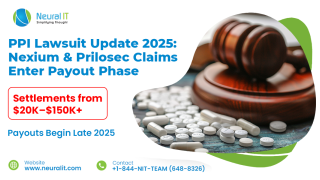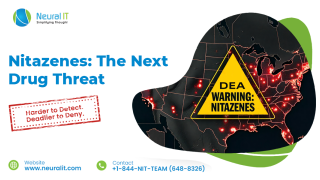Zantac Lawsuits: Procedures To Implement Census Established
Zantac Lawsuits: Procedures To Implement Census Established

Introduction
Parties involved in the Zantac litigations are asked to conduct a two-stage census to provide more information about all filed and unfiled claims by U.S. District Judge Robin L. Rosenberg.
According to a pretrial order issued by Judge Rosenberg on April 2, an initial census will give the court details about the nature of the “full inventory of retained clients” represented by lawyers involved in the litigation and help the court select a leadership team that is most effective and represents the interests of plaintiffs.
The order rules for the use of an “Initial Census Form” to get a count and information on all cases filed in the MDL to date, as well as some unfiled cases. Besides, the order calls for a second phase, which will involve the use of the “Census Plus Form” for all personal injury and medical monitoring claims. The order also asks for the creation of a voluntary Census Registry for potential unfiled cases.
Currently, there are around 140 product liability lawsuits and class action cases filed throughout the federal court system, each alleging that the active ingredient in Zantac, ranitidine, produces high levels of the known human carcinogen N-Nitrosodimethylamine (NDMA).
Earlier, the U.S. Food and Drug Administration (FDA) has requested manufacturers to discontinue all versions of Zantac from the market, as it poses a risk to public health.
The FDA has urged the consumers to stop using any version of Zantac. Zantac is one of the top-selling products in the U.S. market for decades. It became the first medication to surpass 1 billion annual sales in 1988. But, it seems the manufacturers knew for years that Zantac causes cancer since the active pharmaceutical ingredient is inherently unstable and produces high levels of the NDMA, which is considered a carcinogen.
The public was not aware of the high levels of NDMA produced by Zantac until September 2019. An independent pharmacy, Valisure, conducted testing on Zantac, which claimed that each pill might result in a level of exposure higher than the limit set by the FDA regarding the intake of NDMA. The testing by Valisure indicated that 150 mg pills contained more than 3,000,000 nanograms (ng) of NDMA, contrary to 96 ng set by FDA.
Considering the facts about Zantac, the FDA has requested to recall all the Zantac products from the U.S. drug market.




